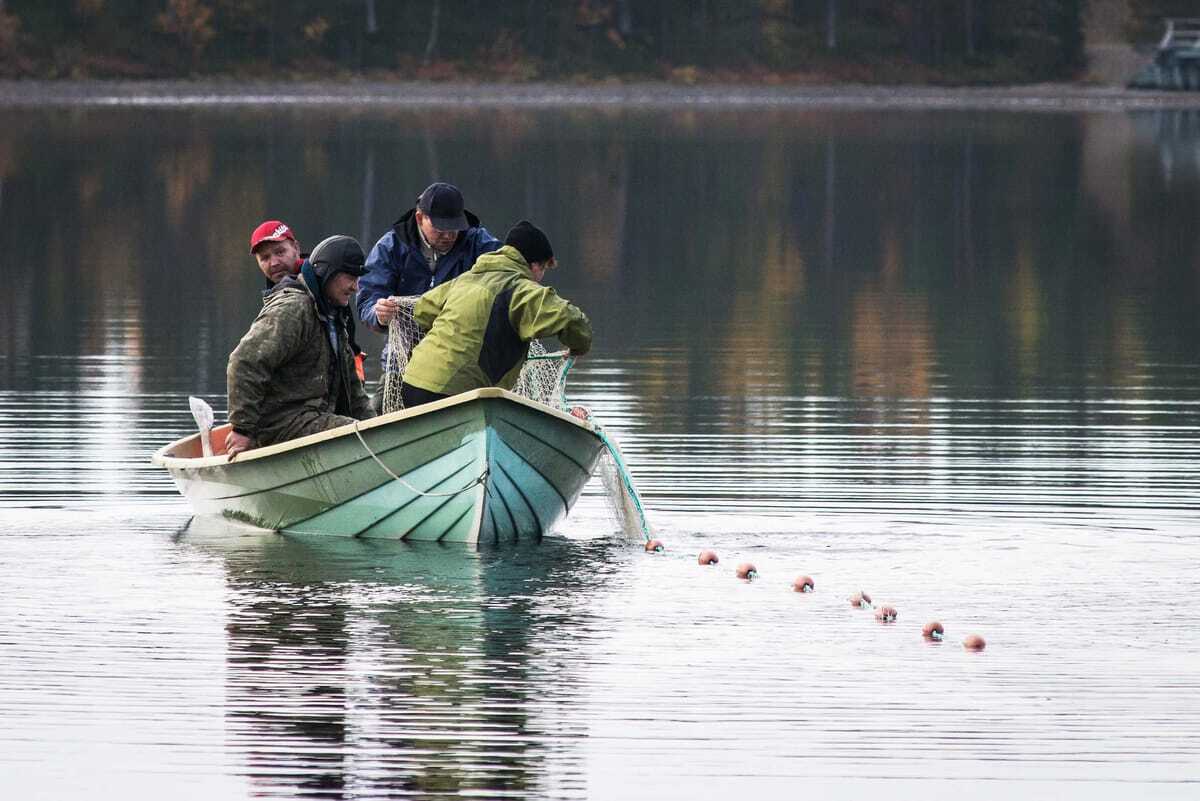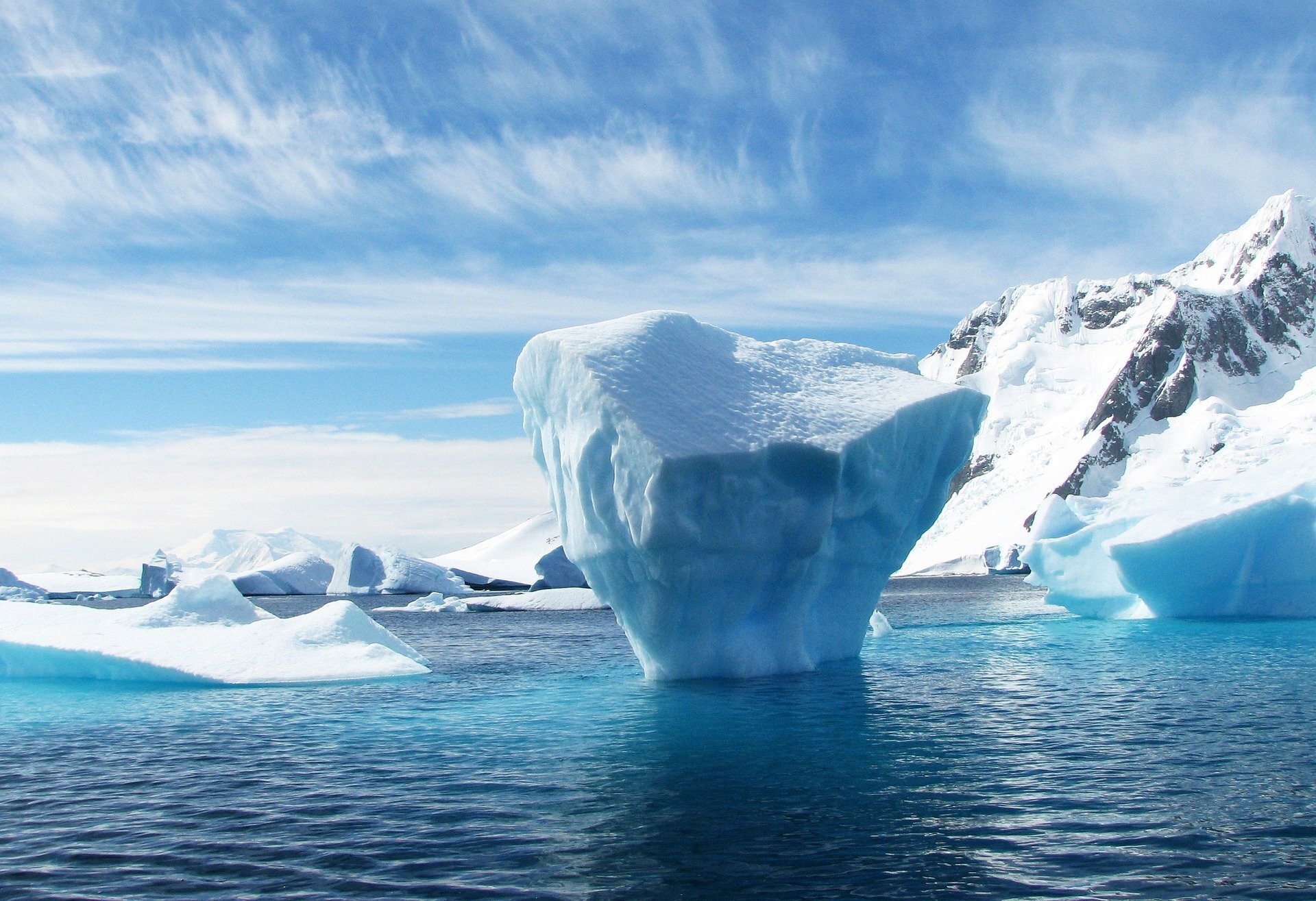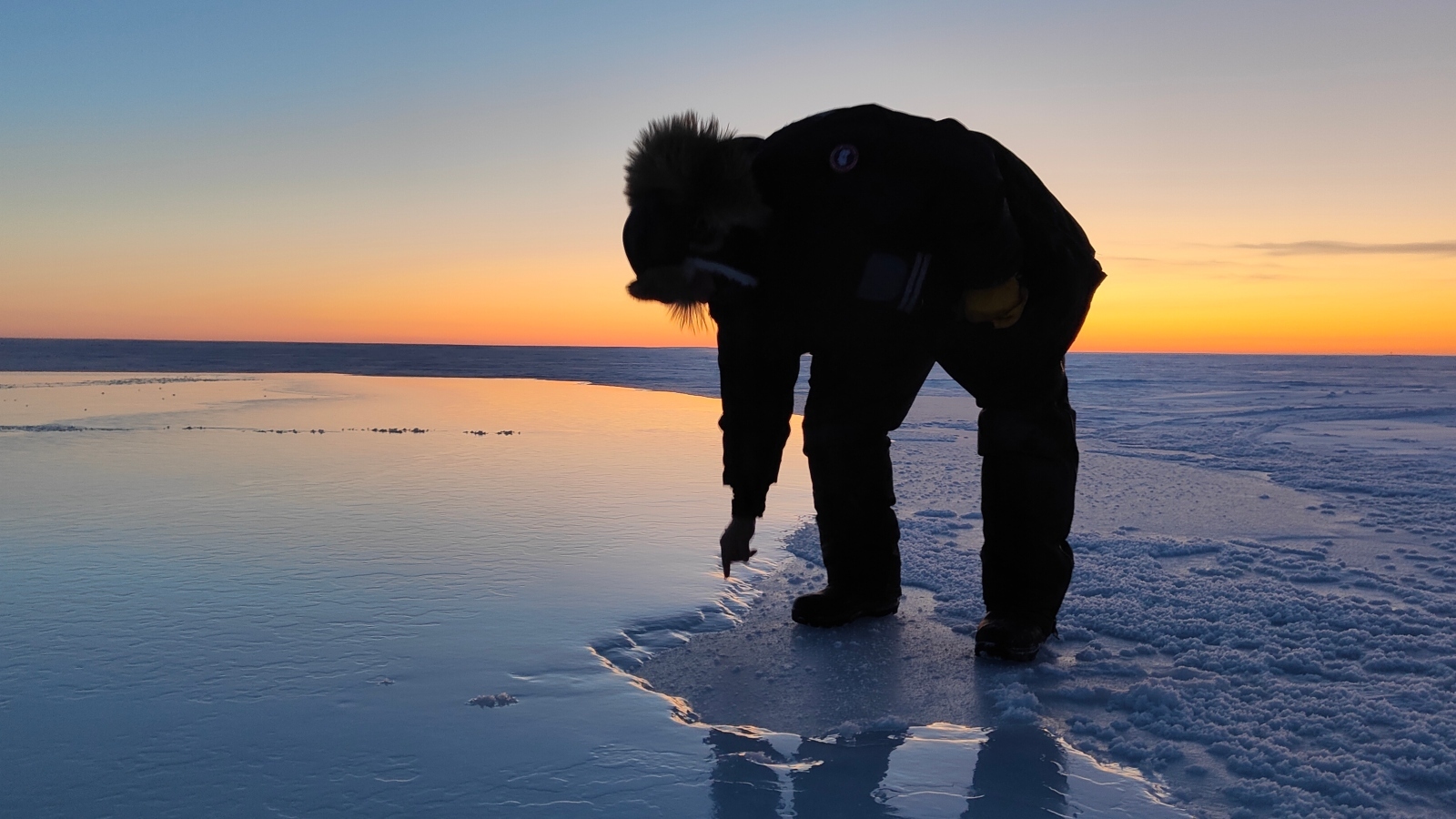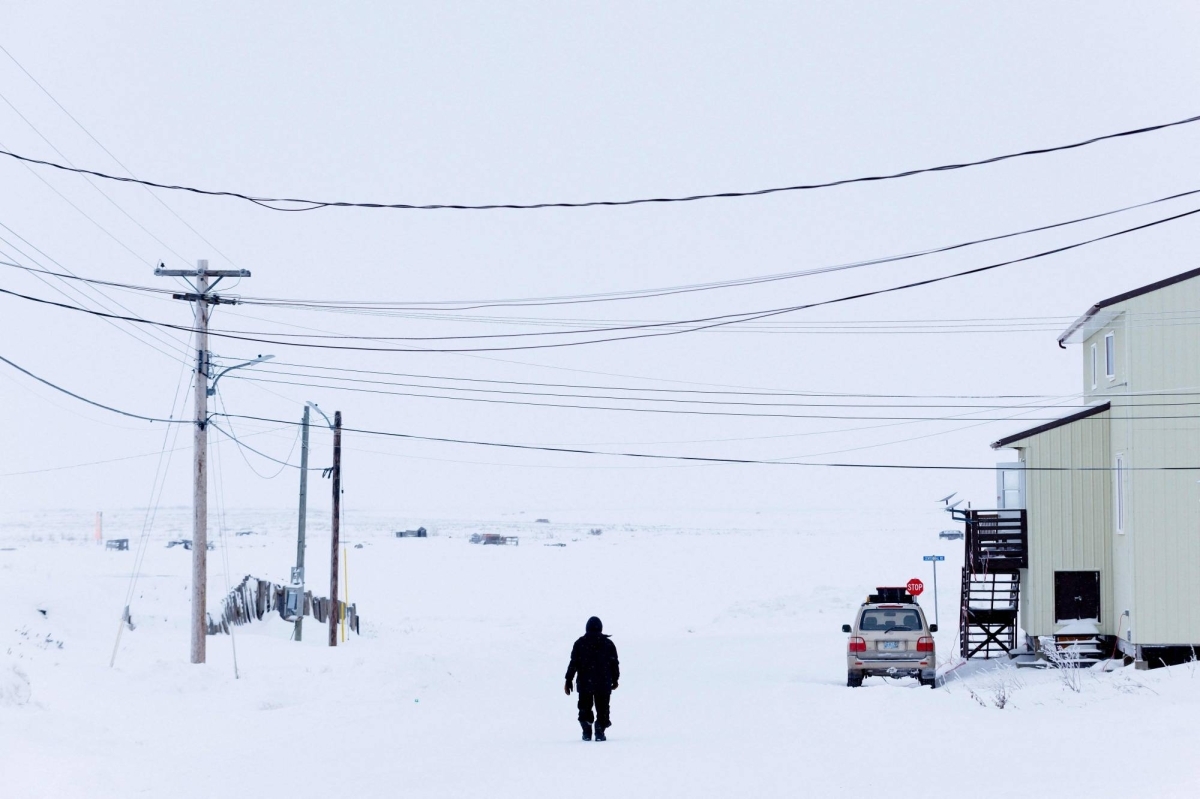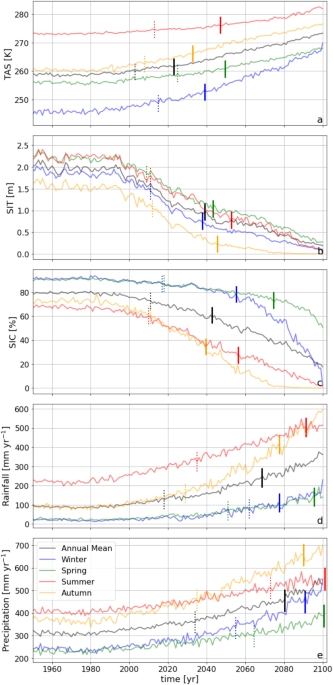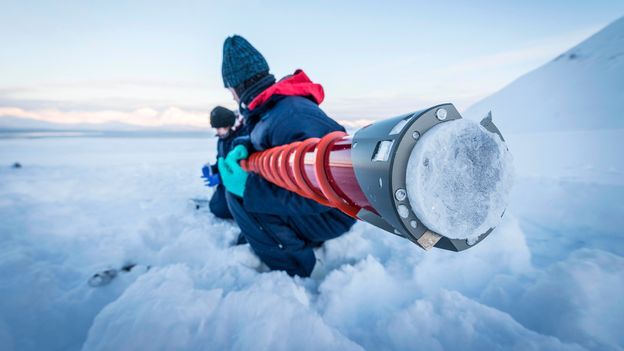Most of the sea ice in the #Arctic Ocean was around 0.5-2 meters thinner than the 1981-2010 average in March 2025. The largest anomalies were north of Greenland and the Lincoln Sea.
Data from PIOMAS. Graphics at https://zacklabe.com/arctic-sea-ice-volumethickness/




